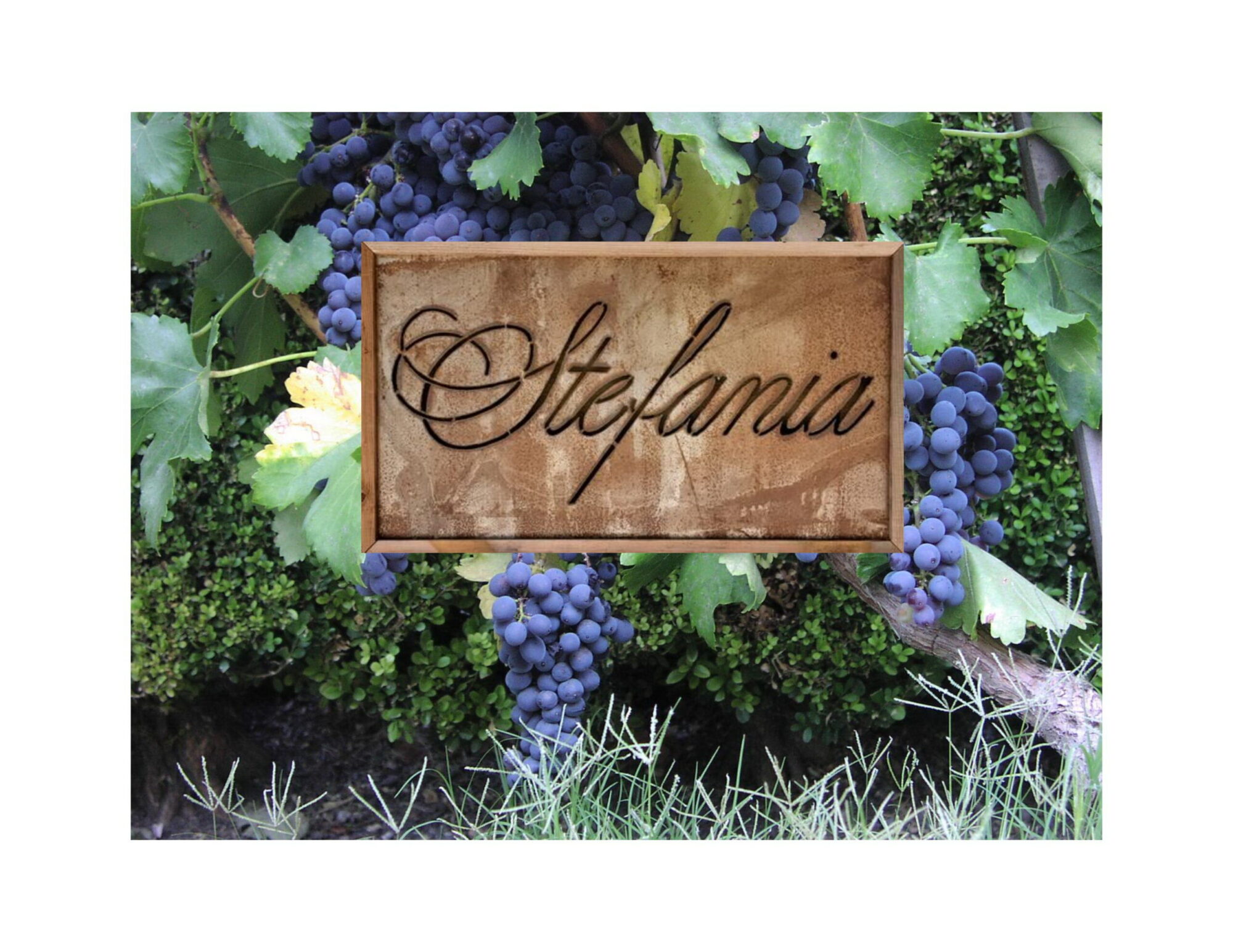Recently I was talking with a friend about cooking. She wanted to know when I started to cook, and especially how did we get to be able to plate dinner for 15 people at a time. She said she can do four pretty easy, but even six is hard.
Well I started cooking when I was twelve. Mom started working late and my sister and I would cook before she got home. While my sister loved Mac and Cheese, I liked to try new things. I really got serious though after watch Martin Yan’s, “Yan Can Cook” in the late 80’s and early 90’s. I went out and got his cookbooks and cooked through them.
That seemed an odd explanation to her, since I rarely cook Cantonese, or any Asian food for guests. But I told her I learned three important things from Martin Yan that helped me become a better cook.
First, he always stressed the importance of good fresh ingredients. Part of his show was always devoted to where you can find the best ingredients and how you can tell if they are fresh. He always stressed you could not make great dishes with out great ingredients, and that good ingredients would make up for any mistakes.
Second, Cantonese food is all about preparation. You have to have everything prepared and ready to go exactly when you need it. Since cooking happens so fast, you can’t stop and chop some garlic in the middle if you forgot it. Everything has to be planned in advance. This has helped be able to get 15-20 plates with 3-4 things on it out together, hot, and ready to go.
Finally he taught about understanding how elements come together to create a dish. If you add carrots after onion, you’ll end up with either underdone carrots, or burnt onion. You have to understand how each thing cooks, so you know when to add it to get the best flavors and textures. This taught me how important timing is in cooking and how to bring things together at just the right time.
And all this made me think of something that happened earlier that same day. We were at Crushpad, testing our wine and settling on bottling times. At the same time another person making wine was there. He was talking with one of the assistant winemakers about his 05 Cabernet and saying he wanted to get more structure in it.
I thought that was one of the oddest conversations I’ve heard. The 2005 Cabernet’s are already ‘cooked’, we’re just figuring out now when to ‘plate’ them. It’s too late to add structure to a 15 month old wine.
If you wanted more structure you needed better ingredients, and you needed to have everything prepared to add structure to the wine at ‘cooking’ (pump overs, submerged caps, extended soaks, new oak), and finally you needed to understand when to apply these things to get the ‘dish’ right. It’s to late now for new oak, or pumping over to have much if any effect.
So I thought what a great teacher Martin Yan is. Not only can he teach Asian cooking, but his teaching can be applied to plating 15 Rib Eyes with crusted veggies and cranberry salad. It also turns out it’s pretty sound advice on how to make wine.

